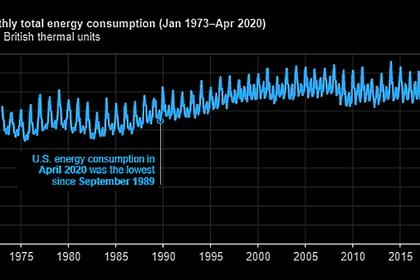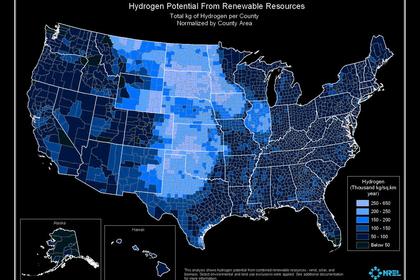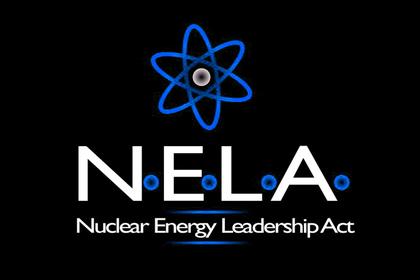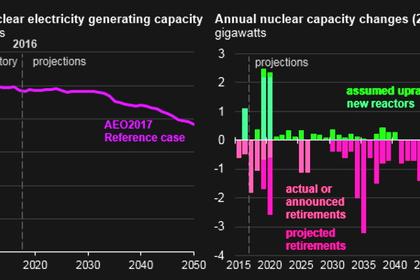
U.S. NUCLEAR HYDROGEN
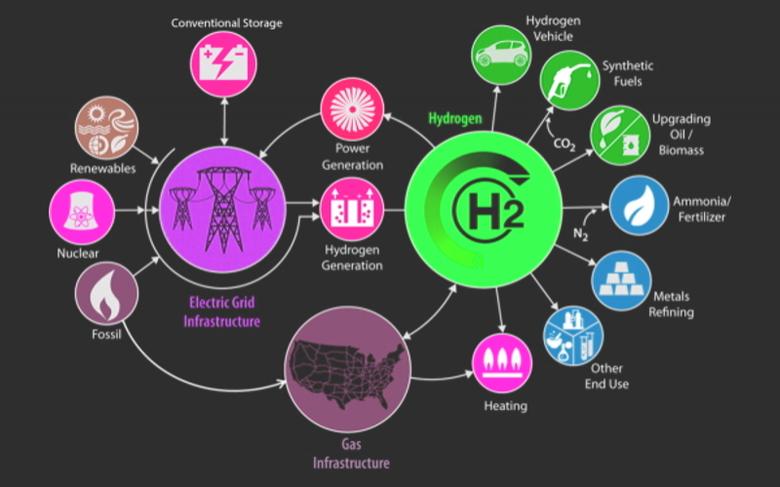
PLATTS - 11 Aug 2020 - The US nuclear fleet must adapt to the growing renewable generation being added to the electric grid and the resulting power price decline by operating flexibly and making hydrogen, industry officials said during a virtual plenary session of the Utility Working Conference held by the American Nuclear Society Aug. 11.
Yet nuclear utilities are already behind and face cost challenges, Tim O'Connor, chief generation officer and executive vice president at Xcel Energy, said during the plenary session.
O'Connor said Xcel faces a "new grid reality" with "as much as 50%-70% penetration of intermittent energy resources on the grid we operate" and the phase-out of coal likely by 2030. As a result, "idling strategies" for nuclear reactors and operating such units flexibly will become a necessity, he added.
Flexible power operations allow the company's reactors to occasionally lower output "to support grid stability and match the variable amount of wind and solar energy on Xcel Energy's system," Xcel has said.
Xcel, Energy Northwest and Exelon, the largest US nuclear operator, have been varying output in response to renewable generation and low or negative power prices in recent years.
Power prices in the area around Exelon's two-unit Limerick nuclear station in Pennsylvania have declined sharply in the past 10 years, session moderator Bob Coward, who heads consulting company MPR Associates, said. Prices in that area are routinely below $20/MWh now, while they were often above $40/MWh just 10 years ago, he noted.
"Every plant in the country is facing similar cost pressures," whether like Limerick they are in deregulated markets, and therefore exposed to market prices for the power they generate, or are in regulated states, he said.
"By the year 2025 and beyond, the need for Palo Verde to flexibly operate becomes a reality," Maria Lacal, executive vice president and chief nuclear officer of Arizona Public Service, said during the session.
With states increasingly setting environmental standards to favor carbon-free generation, new natural gas-fired plants are unlikely to be built, O'Connor said. Xcel is looking into creating "clean renewable gas," such as hydrogen, using its existing nuclear reactors.
HYDROGEN PRODUCTION
O'Connor said hydrogen could be injected into the US natural gas pipeline network in order to gain more use from existing infrastructure while reducing carbon emissions. And hydrogen will be useful for non-generating markets, such as steelmaking, he said.
However, producing hydrogen using electrolyzers at nuclear plants is not yet cost-competitive, and the industry is engaging in research to find ways to improve the economics, he added.
Nuclear industry officials have said they see opportunities to keep nuclear reactors in competitive power markets operating by adapting them to produce hydrogen for internal use, for sale or potentially for power generation to help in balancing the grid and keeping them economically competitive.
Exelon expects to announce by the end of March which of its boiling water reactor plant sites will host a 1-MW electrolyzer to demonstrate hydrogen production for on-site use, Exelon Nuclear Senior Vice President Scot Greenlee said June 8 during a virtual American Nuclear Society panel discussion. The three-year project's budget is $7.2 million, with the utility and the US Department of Energy splitting the cost.
The electrolyzer could be operating by 2023, Greenlee said, and would reduce costs of purchasing hydrogen for use at the plant.
Exelon, Xcel, APS and Energy Harbor are considering building hydrogen electrolyzers under DOE's H2@Scale initiative. H2@Scale is a program that explores the potential for wide-scale hydrogen production and utilization in the US, according to DOE's website.
Xcel has said its Prairie Island plant is the most likely site. Energy Harbor was selected by DOE in September for a two-year project to demonstrate and deploy a 1- to 3-MW low-temperature electrolysis unit to produce commercial quantities of hydrogen at its Davis-Besse nuclear plant in Ohio.
US produces 10 million mt of hydrogen each year, DOE has said, of which 95% is through reforming of natural gas, a more economical method than electrolysis.
-----
Earlier:


